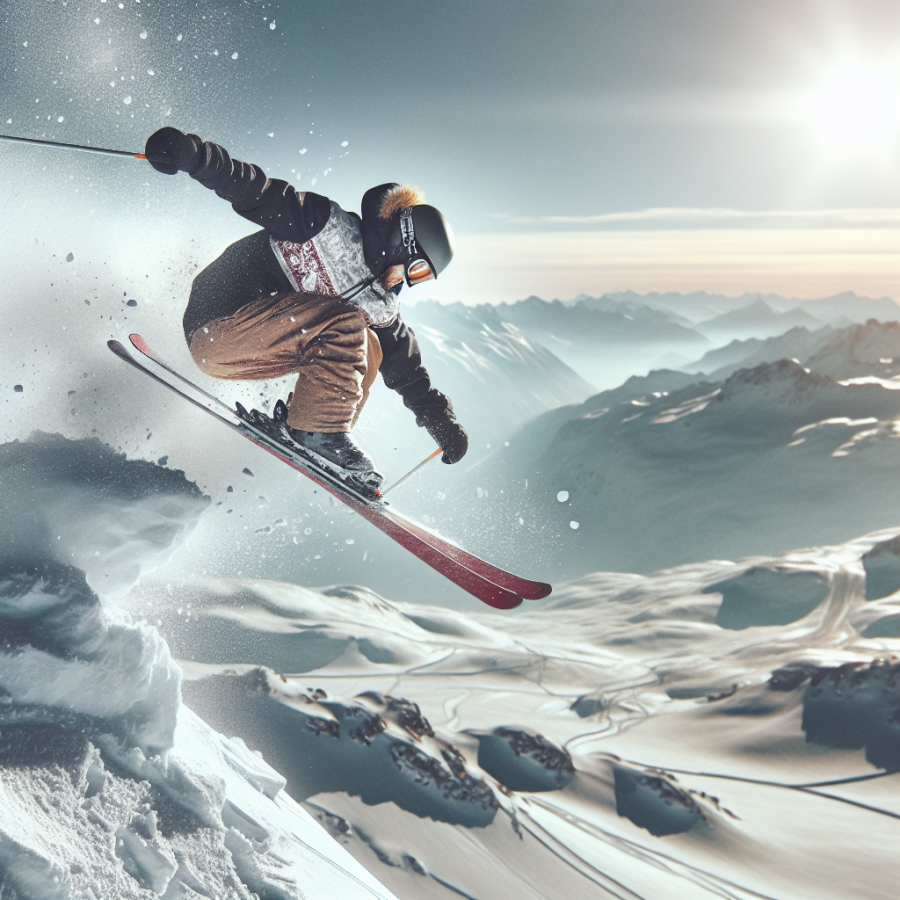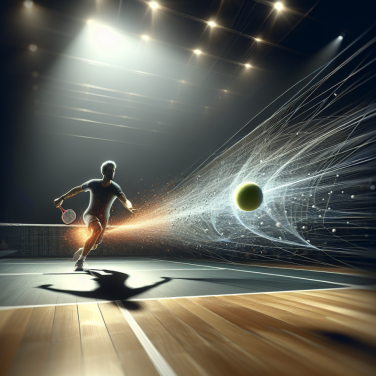The Exhilaration of Soaring Through the Air: Unveiling Freestyle Skiing
Freestyle skiing bursts with adrenaline and captivates audiences with gravity-defying tricks, jumps, and spins. As a sport that evolved from the playful and experimental side of skiing, it now encompasses several disciplines, each with its own unique set of challenges and thrills.
Mogul skiing tests the skier's ability to navigate a bumpy slope at high speed while executing precise turns and airborne maneuvers. Athletes charge down a steep run dotted with mounds of snow (moguls) and strive to impress judges with their technical skills and aerial flips and twists off of two jumps embedded in the course.
Aerial skiing launches competitors high into the air where they perform intricate flips and twists before landing on a steep, inclined landing hill. The sport demands exceptional body control and spatial awareness, as skiers can reach up to 60 feet in the air and must precisely time their somersaults and rotations for a clean landing.
Slopestyle, a newer addition to the Olympic stage, marries the creativity of skateboarding with skiing. Competitors navigate a course with a variety of features including rails, jumps, and other obstacles to display their jibbing (sliding on non-snow surfaces), jumping, and spinning skills. Judges score based on amplitude, technical difficulty, and style.
Halfpipe skiing, popularized by snowboarding, involves skiers using a semi-circular ditch to gain momentum and perform aerial tricks. Each athlete's run is a sequence of carefully choreographed tricks, executed with precision to maximize height and style, as they soar above the pipe's edge.
Big air events strip freestyle skiing down to its essence—athletes hit a large jump, known as a kicker, striving for the highest and most complex aerial maneuver they can execute in a single leap. This discipline requires a fine-tuned ability to launch off the jump and a tight aerial technique to land safely after performing breathtaking tricks.
The acro category, also known as ski ballet, combines the artistry of figure skating with skiing. Although no longer a competitive discipline, in its heyday, it saw skiers performing intricate spins, flips, and balletic movements on a smooth slope to musical accompaniment, judged on choreography and technical skill.
Across all these disciplines, freestyle skiing compels athletes to defy gravity, showcasing their strength, agility, and creativity.
Read also:
Styling Slam Dunk: Chic Ways to Sport Basketball Jerseys
Mastering the Skis: Techniques and Tricks that Defy Gravity
Freestyle skiing is an exhilarating sport that merges speed, agility, and acrobatics. For those looking to elevate their skiing prowess, mastering various techniques and tricks is essential. These skills not only add a dynamic visual element but also challenge and improve your overall skiing capabilities. In pursuing the mastery of skis, it's crucial to build a strong foundation in a few key areas.
**Balance and Core Strength**: The cornerstone of all freestyle maneuvers, balance and core strength determine your ability to maintain control mid-air and upon landing. Incorporating exercises like planks and stability ball workouts can significantly enhance your core stability.
**Edge Control**: Fine-tuning your edge control is imperative for carving sharp turns and controlling speed before take-off. Practice on groomed runs focusing on the feel of your edges and how slight shifts in weight affect your trajectory.
**Pop and Take-off Technique**: To defy gravity, you must unlock the secret of the 'pop'. This explosive motion allows you to gain height off jumps. Start small on gentle rollers, focusing on using your legs to generate upward momentum while keeping your upper body stable.
**Rotation and Spinning**: One of the most eye-catching elements in freestyle is spinning. Begin by learning to rotate 180 degrees, focusing on looking over your shoulder in the direction of the spin and bringing your arms in to increase rotational speed. As you become more comfortable, incrementally increase the degree of rotation.
**Inverts and Flips**: Inverted aerials are a staple of freestyle skiing’s gravity-defying reputation. Training for flips should start on trampolines or in water ramp facilities where you can safely learn how to initiate a flip, spot your landing, and execute the rotation under less risky conditions.
**Grab Techniques**: Adding style to your jumps, grabs involve holding onto part of the ski or boot while in the air. Not only do they look impressive, but they also stabilize you mid-flight. Practice these on trampolines or in foam pits to perfect the timing and coordination needed.
**Landing**: Landing is just as important as taking off. It's all about absorbing the impact with your legs and maintaining balance to ride away smoothly. Practice landings with a focus on bending your knees and keeping your body weight centered over your skis.
**Rail Slides and Box Tricks**: Rails and boxes add a unique technical skill set to freestyle skiing. They require precise balance and edge control.




